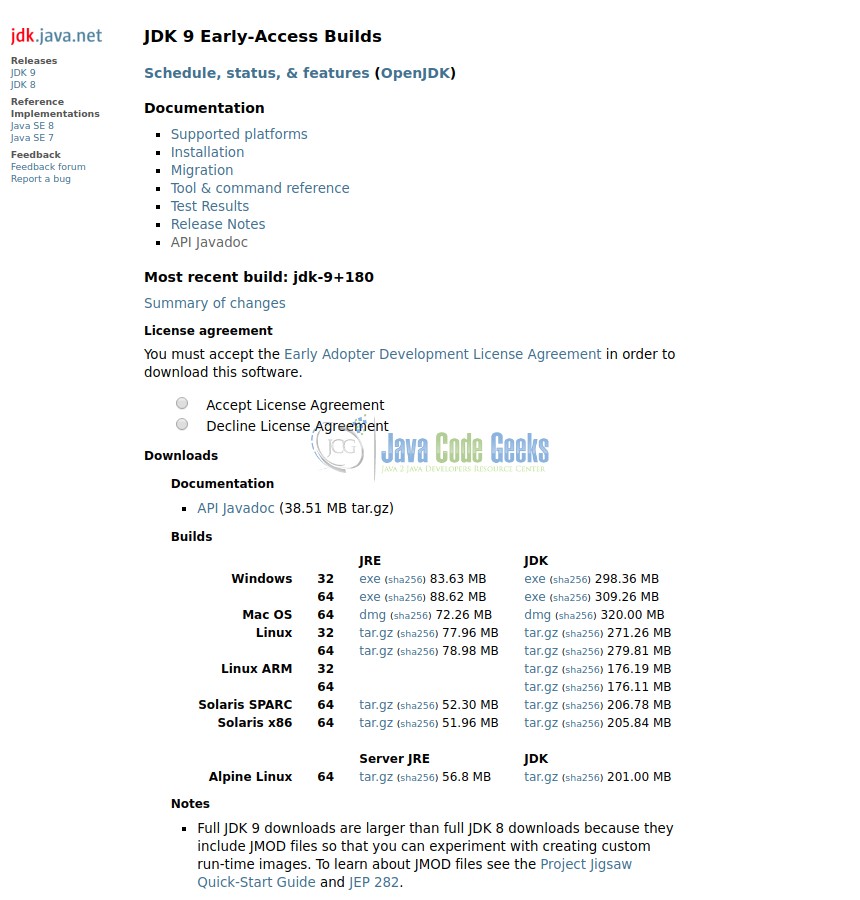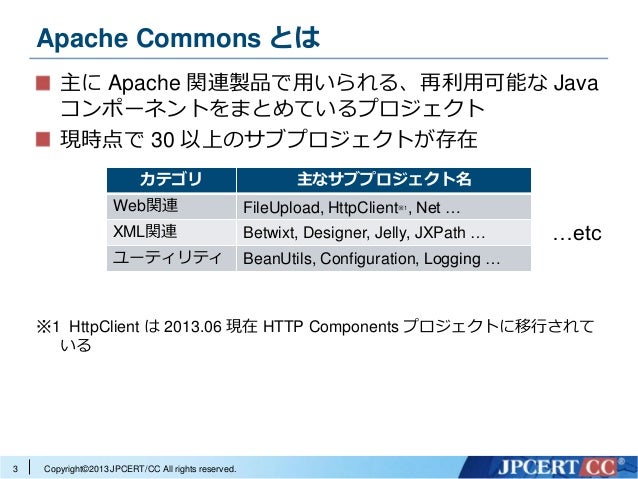Apache HttpClient can be used to send HTTP requests from client code to server. In our last tutorial, we saw how to use HttpURLConnection to perform GET and POST HTTP request operations from java program itself. Today we will take the same example project but use Apache HttpClient to perform GET and POST request operations. Apache HttpClient. Apache HttpClient - Proxy Authentication - In this chapter, we will learn how to create a HttpRequest authenticated using username and password and tunnel it through a proxy to a target host, using an ex. HttpClient instances can be created either using HttpClientBuilder or factory methods of the HttpClients utility class. This code snippet shows how to create HttpClient instance with default configuration. The instance will be configured to use a pool of connections with maximum two concurrent connections for the same route (host). RE: HttpClient for Https gives Unrecognized SSL message. Date: Mon, 19 Apr 2004 14:51:20 GMT: Raj, Please note that HttpClient simply makes use of JSSE and does not attempt to provide any sort of transport security by itself. As far as HttpClient is concerned SSL is just a transport layer which is supposed to be completely transparent to. Check through your httpd.conf file, by default in “C: Program Files Apache Software Foundation Apache conf ” and remove the hash (#) tags on the following lines: LoadModule sslmodule modules/modssl.so Include conf/extra/httpd-ssl.conf.
The Apache HttpComponents project is responsible for creating and maintaining a toolset of low level Java components focused on HTTP and associated protocols.

This project functions under the Apache Software Foundation (http://www.apache.org), and is part of a larger community of developers and users.

HttpComponents Overview
The Hyper-Text Transfer Protocol (HTTP) is perhaps the most significant protocol used on the Internet today. Web services, network-enabled appliances and the growth of network computing continue to expand the role of the HTTP protocol beyond user-driven web browsers, while increasing the number of applications that require HTTP support.
Apache Httpclient Ssl Server
Designed for extension while providing robust support for the base HTTP protocol, the HttpComponents may be of interest to anyone building HTTP-aware client and server applications such as web browsers, web spiders, HTTP proxies, web service transport libraries, or systems that leverage or extend the HTTP protocol for distributed communication.
HttpComponents Structure
HttpComponents Core
HttpCore is a set of low level HTTP transport components that can be used to build custom client and server side HTTP services with a minimal footprint. Jeff bezos twitter. HttpCore supports two I/O models: blocking I/O model based on the classic Java I/O and non-blocking, event driven I/O model based on Java NIO.
HttpComponents Client
HttpClient is a HTTP/1.1 compliant HTTP agent implementation based on HttpCore. It also provides reusable components for client-side authentication, HTTP state management, and HTTP connection management. HttpComponents Client is a successor of and replacement for Commons HttpClient 3.x. Users of Commons HttpClient are strongly encouraged to upgrade.
Commons HttpClient (legacy)
Commons HttpClient 3.x codeline is at the end of life. All users of Commons HttpClient 3.x are strongly encouraged to upgrade to HttpClient 4.1.
- Apache HttpClient Tutorial
- Apache HttpClient Resources
- Selected Reading
Sweet home 3d download. In this chapter, we will learn how to create a HttpRequest authenticated using username and password and tunnel it through a proxy to a target host, using an example.
Step 1 - Create a CredentialsProvider object
The CredentialsProvider Interface maintains a collection to hold the user login credentials. You can create its object by instantiating the BasicCredentialsProvider class, the default implementation of this interface.
Step 2 - Set the credentials
You can set the required credentials to the CredentialsProvider object using the setCredentials() method. This method accepts two objects −
AuthScope object − Authentication scope specifying the details like hostname, port number, and authentication scheme name.
Credentials object − Specifying the credentials (username, password). Set the credentials using the setCredentials() method for both host and proxy as shown below.
Step 3 - Create an HttpClientBuilder object
Create a HttpClientBuilder using the custom() method of the HttpClients class as shown below −
Step 4 - Set the CredentialsProvider
You can set the CredentialsProvider object to a HttpClientBuilder object using the setDefaultCredentialsProvider() method. Pass the previously created CredentialsProvider object to this method.
Step 5 - Build the CloseableHttpClient
Build the CloseableHttpClient object using the build() method.

Step 6 - Create the proxy and target hosts
Create the target and proxy hosts by instantiating the HttpHost class.
Step 7 - Set the proxy and build a RequestConfig object
Create a RequestConfig.Builder object using the custom() method. Set the previously created proxyHost object to the RequestConfig.Builder using the setProxy() method. Rcx lego download for macloadcorporation. Finally, build the RequestConfig object using the build() method.
Step 8 - Create a HttpGet request object and set config object to it.
Apache Httpclient Ssl Handshake Failure
Create a HttpGet object by instantiating the HttpGet class. Set the config object created in the previous step to this object using the setConfig() method.
Step 9 - Execute the request
Execute the request by passing the HttpHost object (target) and request (HttpGet) as parameters to the execute() method.

Example

Following example demonstrates how to execute a HTTP request through a proxy using username and password.
Output
On executing, the above program generates the following output −
